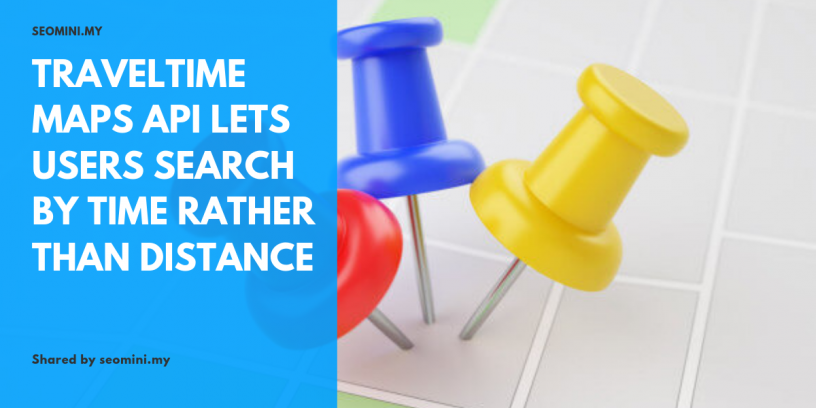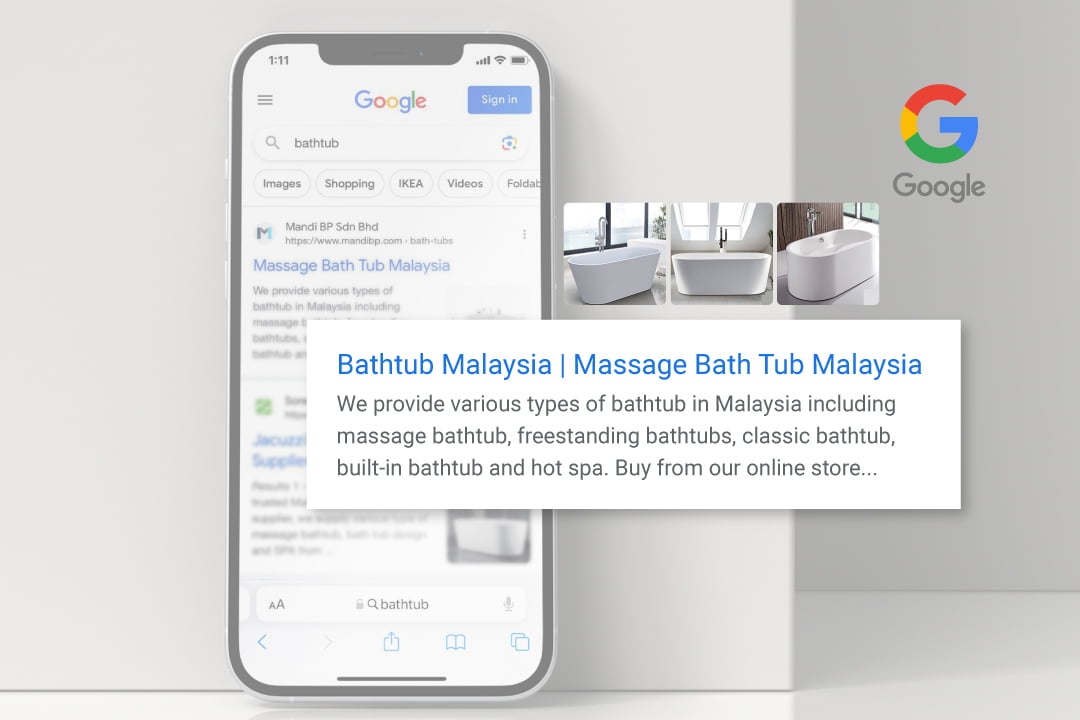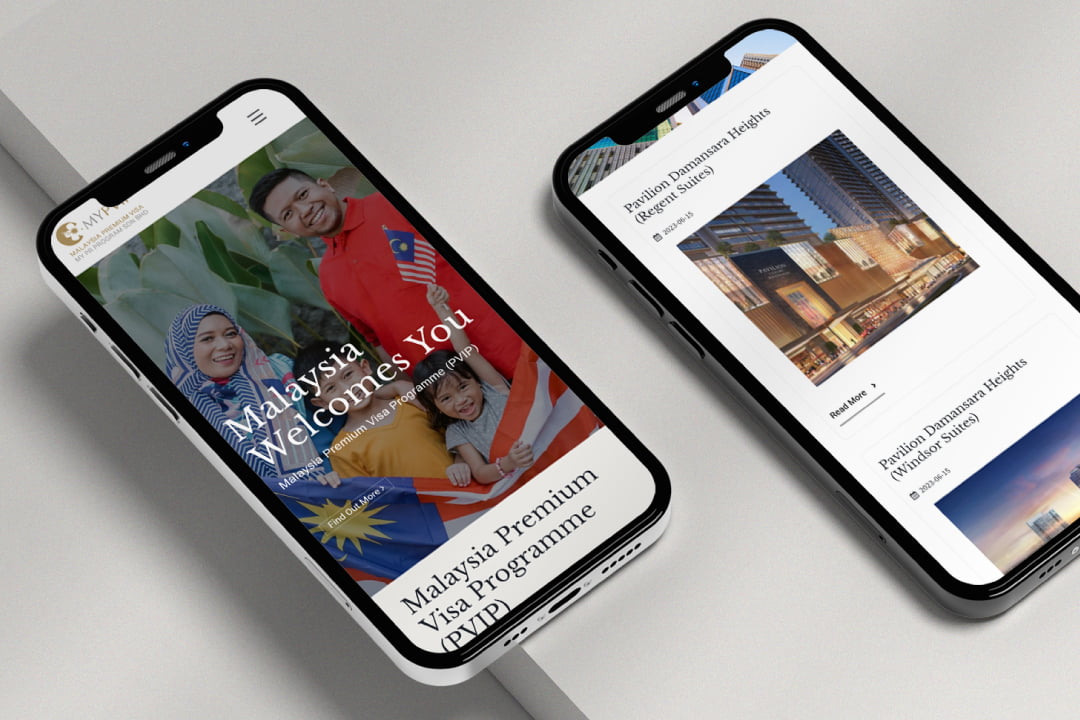
In the world of digital maps, distance is king. Distance (proximity) has become an explicit ranking signal for mobile search on Google. But for many, time is the more important variable — it’s a kind of “true distance.”
Search by time, rather than distance. UK-based iGeolise, which was founded in 2009, offers an API (TravelTime) that uses time instead of distance as the primary value. Users can search by time and make travel or transportation decisions accordingly (e.g., 15-minute walking distance from point X). The company doesn’t have a consumer application, but showcases its capabilities on a demo site.
Although proximity or distance-based mapping can yield an ETA calculation based on current traffic and congestion, a time-based approach changes the way people make decisions. That’s according to Louisa Bainbridge, head of marketing for iGeolise. In addition, she says the TravelTime API is much more cost effective than Google Maps’ API.
Tourism, jobs, real estate. Tourism, jobs, real estate, retail and dating are some of the use cases and applications that can benefit from this approach. UK recruitment site Jobsite allows users to search for jobs based on commute times: which job locations are within some X travel time from a residence, for example.
The flip side of that equation is someone looking for housing within a 30 minute commute from a workplace. This approach could uncover lower-cost properties still within the acceptable commute time that might appear out of range if radius is the only calculation used.

People attending a conference often look for hotels nearby; however it’s often not immediately clear how long it will take to get from the hotel to the conference venue. A time-based search eliminates that uncertainty by reflecting travel times (walking, driving, public transportation). A cheaper hotel farther out, but near public transportation, may be just as quick to the venue as one closer in but less convenient to public transportation.
Retail store locators can also benefit. Consumers buying online but picking up in store can use this to determine which local store is more convenient for a product pickup. As mentioned, the nearest location isn’t always the easiest to get to.
The API also allows multi-point searches and enables a kind of Venn diagram view useful to find a time-based middle point between two locations (e.g., your office and my office). This can also be useful for dating: finding a meeting point that’s convenient for both people.
Why you should care. Using travel time as a search criterion could help publishers and marketers focus on offline conversions offer more options to customers, as with the jobs, travel and real-estate examples.
Franky, this time-based search capability is one that should be a part of Google Maps, Waze, Apple, Bing and Here — though Waze defaults to fastest routing. TravelTime says it has intellectual property around its algorithm so it may ultimately become a takeover target for a larger entity.
Sources
https://searchengineland.com/traveltime-maps-api-lets-users-search-by-time-rather-than-distance-314501






